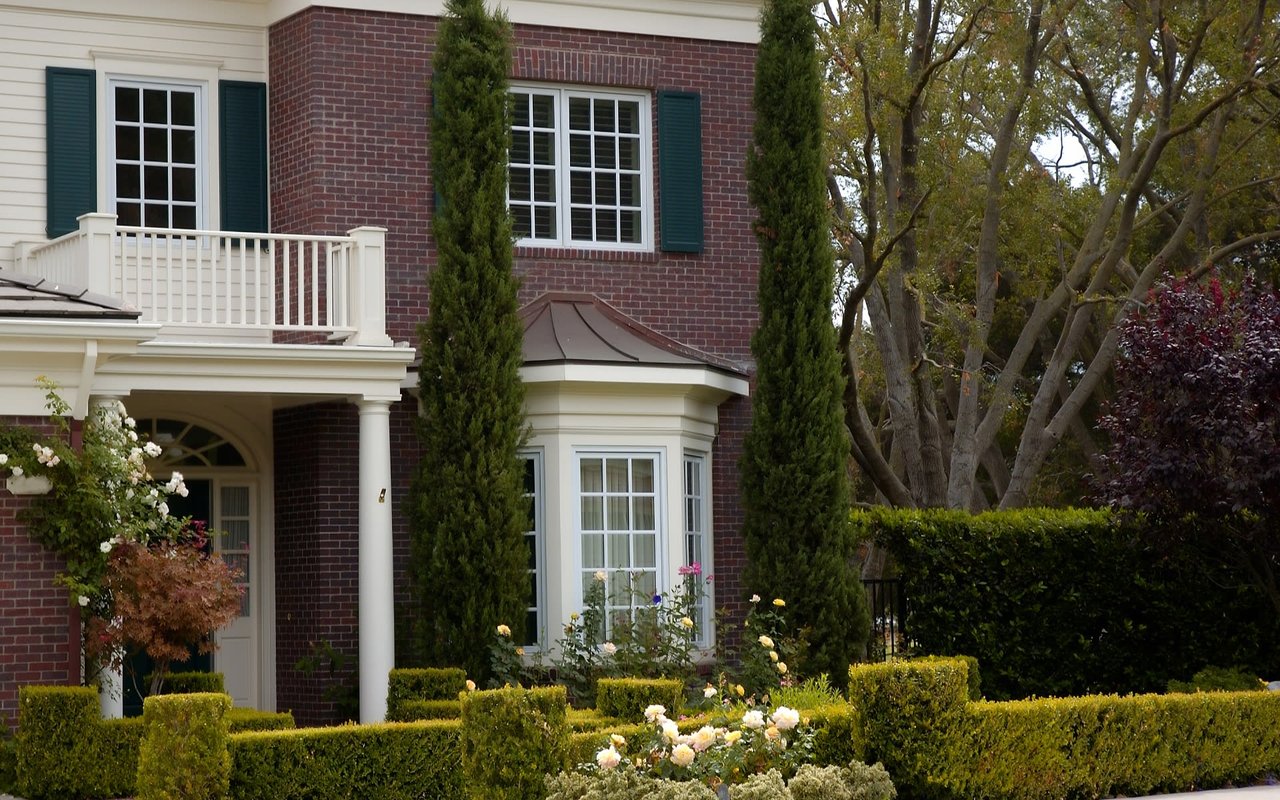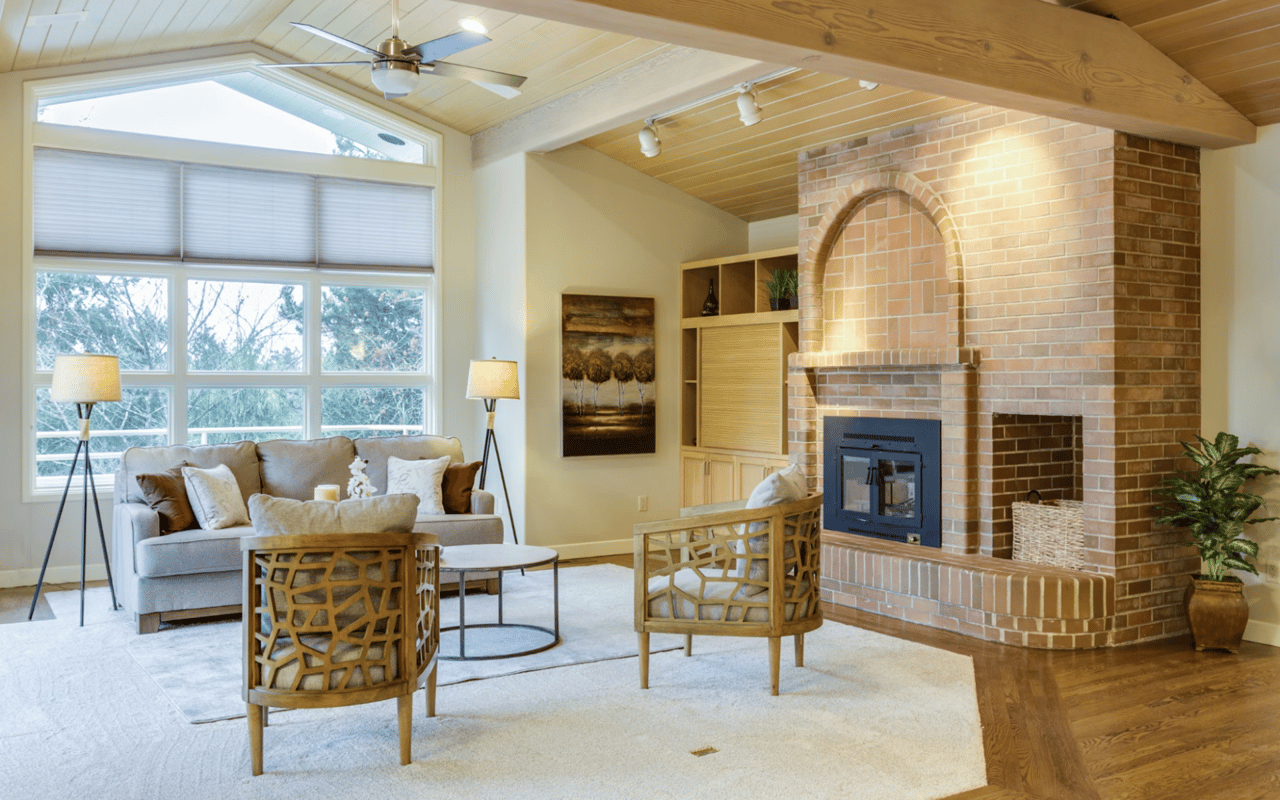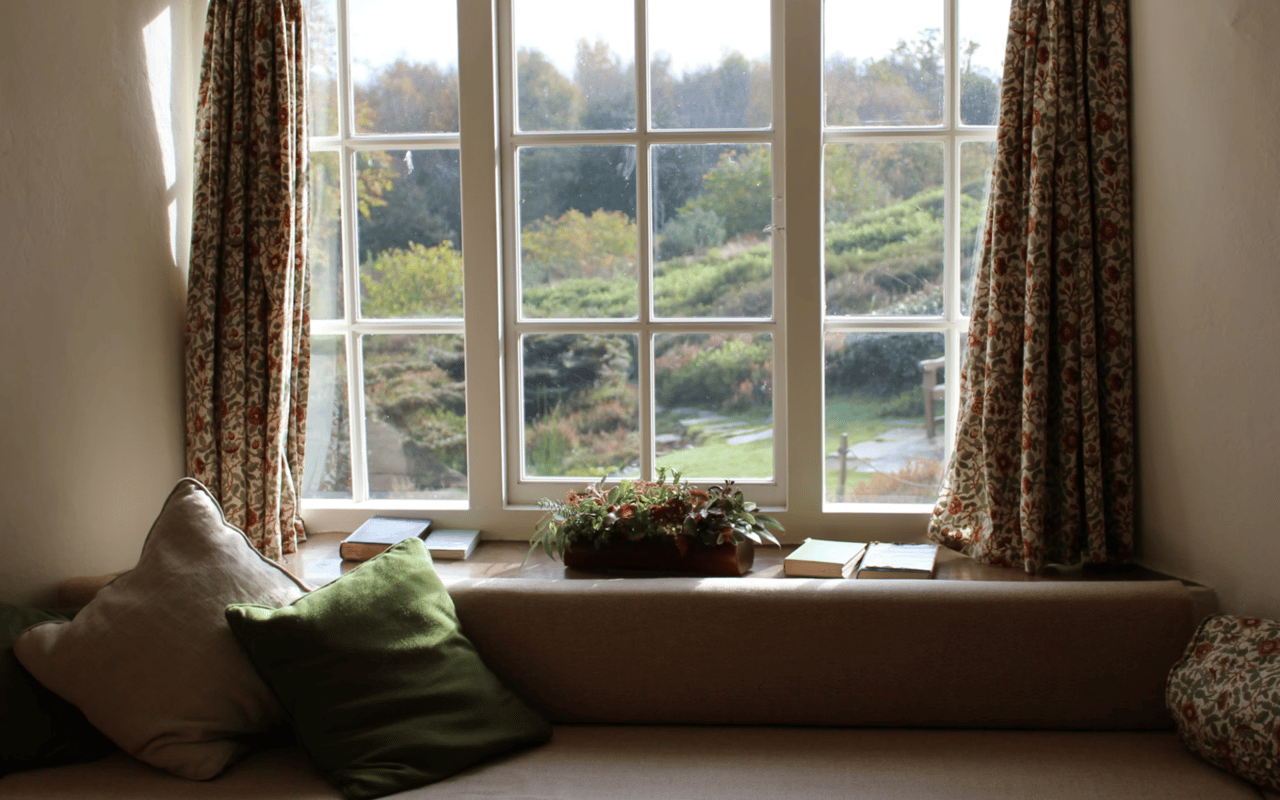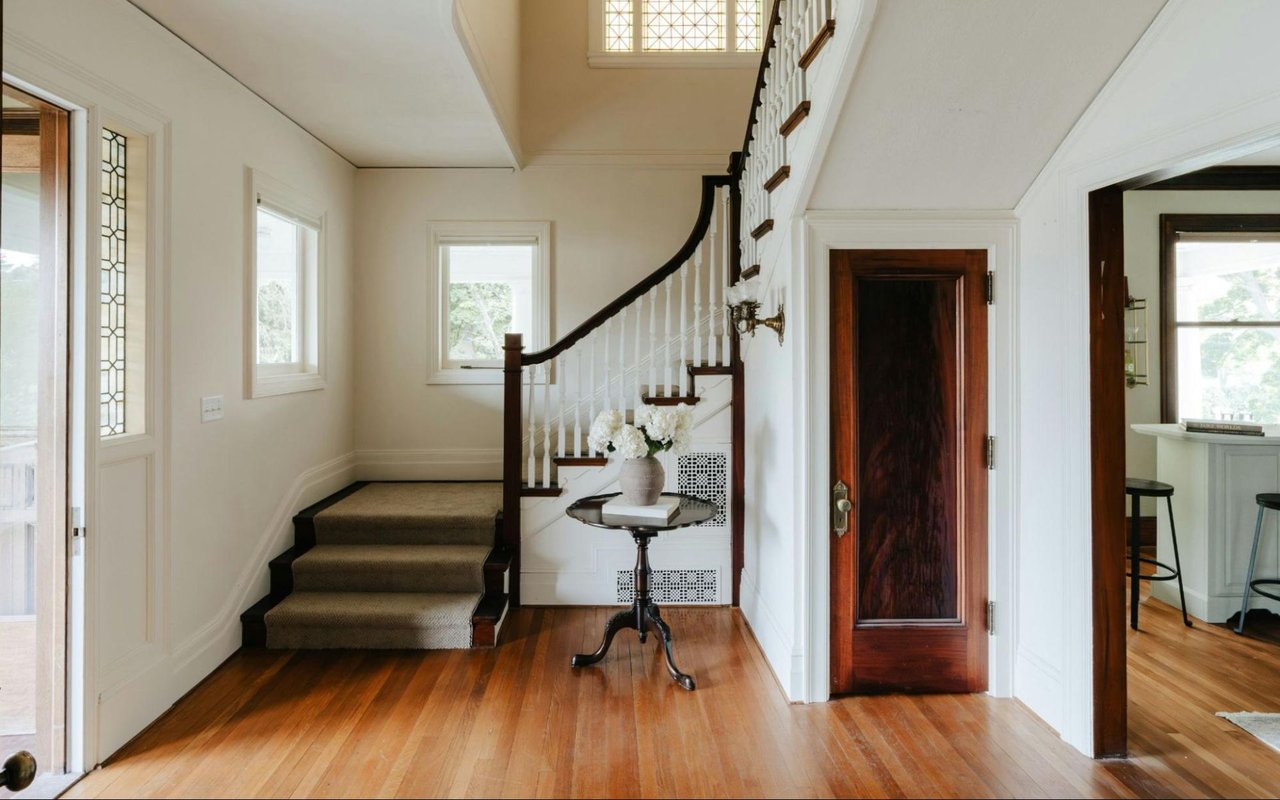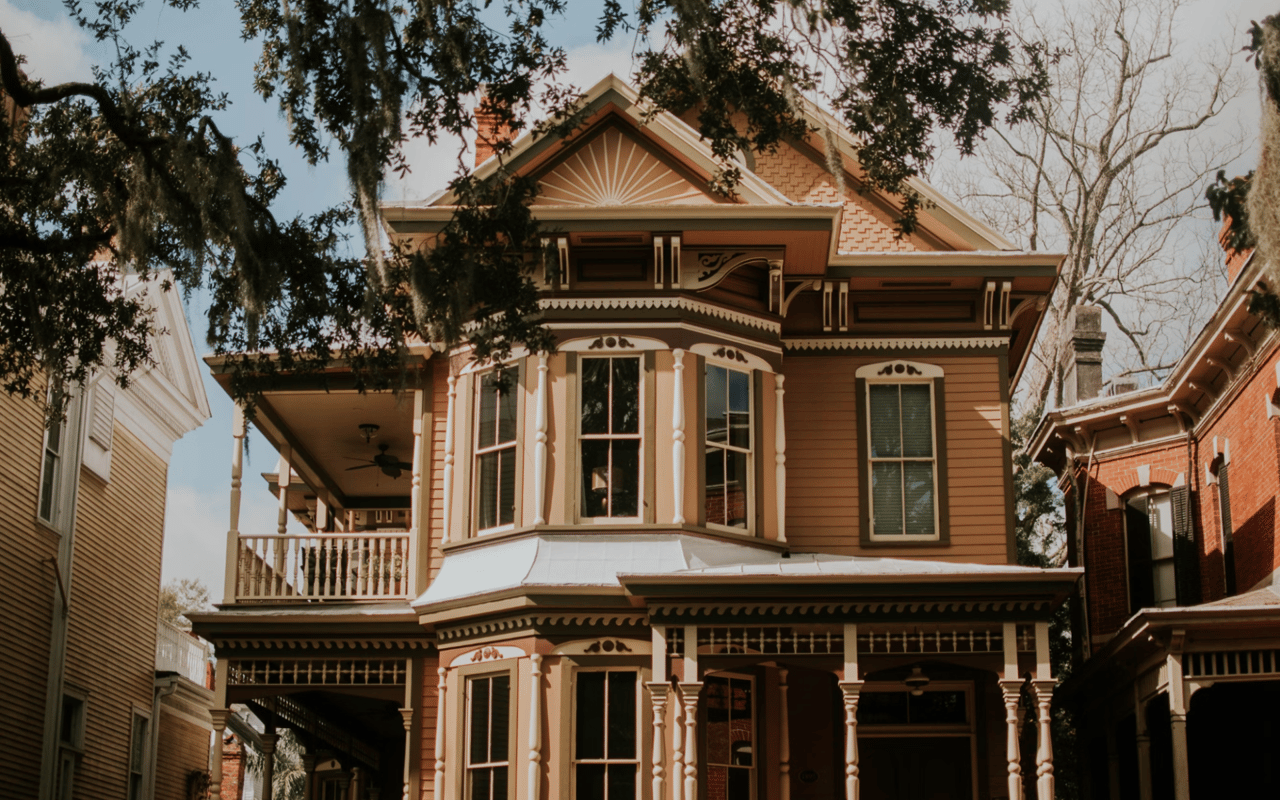Nestled in southeast Denver, the Bonnie Brae neighborhood is very much a part of the rich fabric of Denver’s elites, as it has attracted the who’s who of the city for the last century. Simultaneously affording its residents close proximity to downtown and quiet seclusion, Bonnie Brae also has a beautiful centerpiece park, a stunning array of homes, and a distinctly different take on urban-planning. Its history, marked by visionary development, economic challenges, and architectural diversity, reflects the dynamic evolution of Denver itself.
Origins and Vision
The land that would become Bonnie Brae was originally granted to the Kansas Pacific Railroad in 1870. Over time, it transitioned from railroad ownership to farmland and eventually became part of the town of South Denver. In the 1920s, George W. Olinger, a prominent mortician and real estate developer, began acquiring property in the area through his company, Associated Industries. Inspired by a subdivision in Kansas City named Bonnie Brae—Gaelic for “pleasant hill”—Olinger aimed to recreate the ambiance of a tranquil Scottish village in Denver. To bring this vision to life, he enlisted the expertise of landscape architect Saco DeBoer in 1923. Departing from Denver’s traditional grid system, DeBoer designed a network of curvilinear streets that harmonized with the natural topography, fostering a sense of elegance and serenity.
Development and Challenges
Subdivision filings were completed in April 1925, coinciding with Olinger’s sale of his share in Associated Industries. In 1928, the company declared bankruptcy, and much of Bonnie Brae fell into the city’s hands due to tax debt. The onset of the Great Depression further slowed development, resulting in a gradual, house-by-house growth that contributed to the neighborhood’s eclectic architectural character.
Community and Landmarks
A pivotal moment in Bonnie Brae’s development occurred in 1936 with the construction of Bonnie Brae Park, the elliptical-shaped centerpiece of DeBoer’s plan. Surrounded by deciduous trees and flowering shrubs, the park featured an open playfield and ornamental stone steps, providing a communal space that encouraged neighborhood cohesion. As the community grew, businesses emerged along the 700 block of University Boulevard. Notably, the Bonnie Brae Tavern opened in June 1934, shortly after the repeal of Prohibition, and closed in June 2022, much to the chagrin of everyone who frequented the local institution. Similarly, Bonnie Brae Ice Cream, established in 1986, continues to serve residents, as well as Campus Lounge, which has been a local game-day staple since 1976, exemplifying the neighborhood’s enduring commercial legacy.
Architectural Diversity
Bonnie Brae’s architectural landscape is a mosaic of styles, reflecting the varied periods of its development. While Tudor-style homes with steeply pitched roofs are prominent, the neighborhood also features Spanish, Bauhaus, Postmodern, Art Deco and International designs. The post-World War II era saw the introduction of one-story ranch-style homes, particularly north of Bonnie Brae Boulevard, adding to the area’s architectural diversity. This blend of styles contributes to the neighborhood’s unique charm and visual appeal.
Modern Developments
In 1970, the Eugene Field Branch Library was dedicated, enhancing the neighborhood’s cultural resources. Although an attempt to gain landmark status for Bonnie Brae in the late 1980s was unsuccessful, the community has remained proactive in preserving its character. The Bonnie Brae Neighborhood Association hosts various events throughout the year, fostering a tight-knit community spirit. Despite facing challenges such as property development pressures and the need for modernization, Bonnie Brae continues to balance growth with preservation, maintaining its status as one of Denver’s most treasured and desirable neighborhoods.
Conclusion
The history of Bonnie Brae is a narrative of vision, adaptation, and community strength. From its inception as a planned picturesque suburb to its current status as a serene and architecturally rich enclave, Bonnie Brae exemplifies the enduring appeal of thoughtful neighborhood design and active community engagement.
